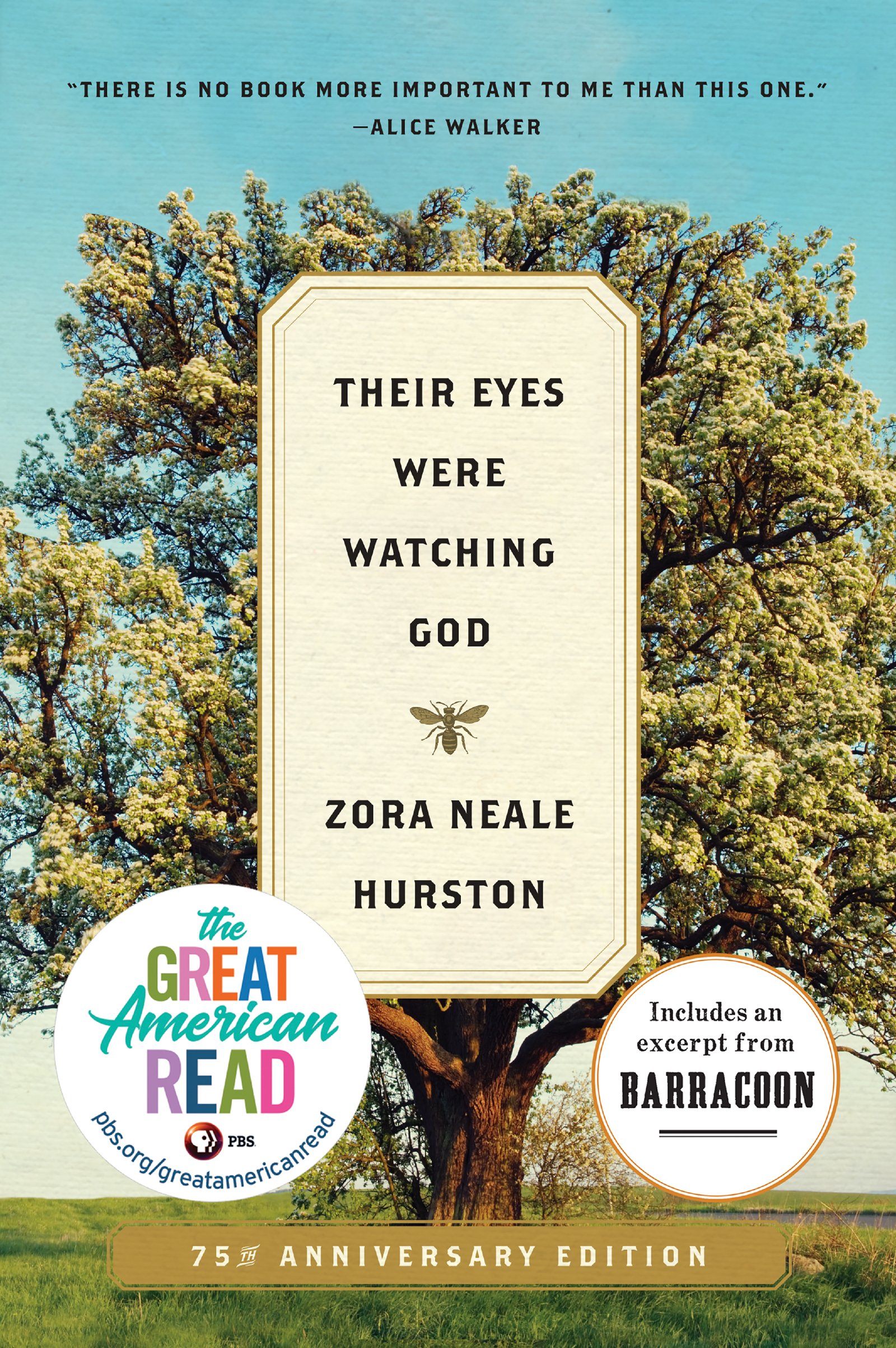Read Together, Laugh Together
By Chelsea Todd, Children’s Services Librarian
Laughter is contagious- especially when it begins with a child. The sound of delighted giggles as they learn something new, or experience something funny, can hardly fail to bring a smile to the lips of everyone else in the room. Having recently endured a long and chilly winter inside, a good laugh and a good book to read together may be just what everyone needs.
Perhaps one of the most appealing aspects of children’s literature is its capacity to reflect the humor found in both fantastically imaginative situations such birds wanting to drive buses (“Don’t Let Pigeon Drive the Bus”) and Rapunzel mishearing the prince (“Falling for Rapunzel”); as well any real life situation such as going to school for the first time or dealing with emotions like sadness and anger. Stories that allow for laughter provide levity, and, an opportunity. One of the major tenets of early literacy is the need for children talk about what they read. And when both adult and child are reading the same book, it opens up the opportunity to learn, reflect, and laugh together.
Not sure where to start? Here are a few recommendations to get you started (and hopefully allow you a smile or two):
Picture Books:
“We Don’t Eat Our Classmates” by Ryan T. Higgins: Meet Penelope Rex, a dinosaur who is very nervous about her first day of school. She learns pretty quickly that eating your human classmates does not make you any friends. Nor does eating the class pet. This humorous representation of the first day jitters offers up the chance to discuss and reflect on your child’s feelings toward a new situation, and at the same time enjoy a story about dinosaurs.
“Neck and Neck” by Elise Parsley: Leopold the Giraffe enjoys all the attention he gets at the zoo, knowing that he is indeed the very best animal around. Until he sees a little boy and his giraffe shaped balloon, which is promptly declared “better than the real thing.” Leopold vehemently disagrees, and in a series of silly antics attempts to persuade the boy otherwise. Any child that has been to the zoo will enjoy this one.
“The Big Bed” by Bunmi Laditan: This book represents a struggle that many parents will find themselves nodding their heads at as they laugh along. A determined toddler tasks herself with explaining to her mom that she needs to continue sleeping in her parent’s bed with her mother, rather than in her own bed. With a series of inventive arguments this little girl tries just about everything to get her way, including proposing that her dad could sleep on a cot next to the bed by himself.
Chapter Books:
The Timmy Failure series by Stephan Pastis: The opening lines alone of this series are enough to clue you into the fact that there is humor ahead. Take for example, book #1: “Mistakes Were Made.” The first lines of the book are: “It’s harder to drive a polar bear into someone’s living room than you think.” Meet our protagonist Timmy Failure and his polar bear partner, Total. Together, outside of school and home, they run a private detective agency that ironically draws from names of both detectives: Total Failure Detective Agency. Sounds like just the place you would go to for help, right?
“Tales of a Fourth Grade Nothing” by Judy Blume: Of course, one of the other best parts of reading together with children is getting to share with them stories from your own adolescence. Originally published in 1972 by Judy Blume, came the much loved story of a boy named Peter who is constantly overshadowed by his mischievous little brother Fudge. If you like this one, you will like the sequels too.
“Hamster Princess Harriet the Invincible” by Ursula Vernon: Who doesn’t want to read a story about a hamster princess that knows just how awesome she is? Princess Harriet would much rather go on an adventure than act in any way like a princess, much to the dismay of her parents. And that is exactly what she does, because until she turns twelve and is claimed by a sleeping curse, she is free to do as she pleases. That’s right, this is a Sleeping Beauty retelling; just with a hamster instead of a human. Harriet’s humorous experiences will keep you smiling. Need some more suggestions? Stop by the library and let us know! We have tons of books just for you.


